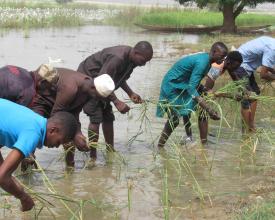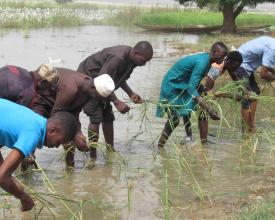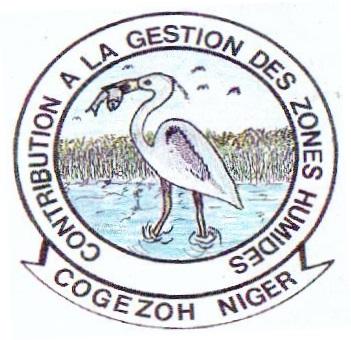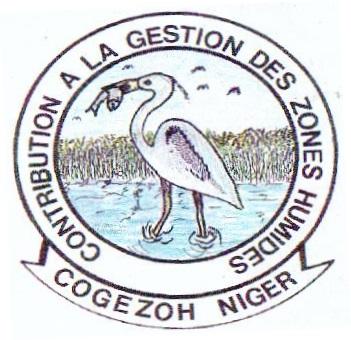
Riverbank restoration
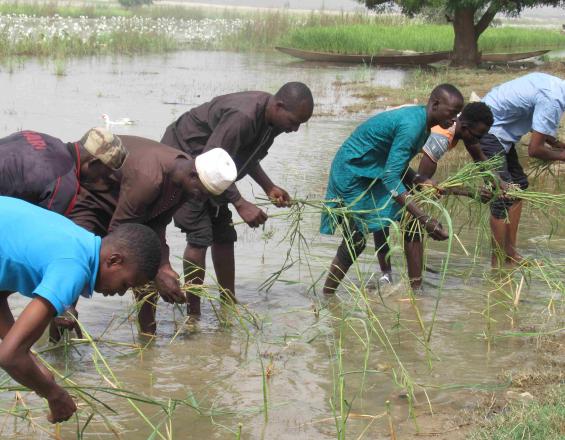
COGEZOH had the opportunity to demonstrate that it is possible to produce one's own fodder instead of putting human pressure on the resources of the Parc W du Niger. The NGO worked with communities living on the left bank of the River Niger, which borders this protected area, where riparian plant resources have been overexploited. These includeEchinoclos stagnina (or Bourgou), a perennial herbaceous plant that plays a very important ecological role, stabilizing riverbanks, improving water quality and providing shelter for aquatic species (fish, reptiles, etc.). Its fodder is highly prized by hippos, manatees and buffalo, as well as domestic livestock. It is one of the most widely sold livestock feeds on local markets.
As a result, test plots for transplanting by cuttings have been tried out with appreciable success, in collaboration with the populations living on the banks of this watercourse.
Contexto
Défis à relever
The solution aims to solve the problem of degradation of wetland banks, but also deals with the use of natural resources. The project is part of IUCN's Save Our Species African Wildlife initiative, which is co-financed by the European Union.
Ubicación
Procesar
Summary of the process
The River Niger runs alongside Park W over a distance of 75 km, with many meanders, and serves as the boundary between this protected area (located on the right bank) and the riparian villages (on the left bank). The two banks present a completely different contrast. While the right bank is still covered by remarkable riparian vegetation, thanks to conservation efforts, the left bank is completely denuded due to human overexploitation. As a result, people are illegally moving to the right bank in search of certain species, such asEchinoclos stagnina. This creates an imbalance in the wetland, but also a conflict, as it is a favorite plant of hippos, manatees and buffalo. The first step was to clearly identify the problem, highlighting the real needs of these populations. After a review of the biology and ecology of the species, it turned out that it regrows by cuttings and spreads very rapidly when the area is defended. As a result, some fifteen test plots were replanted with the full participation of local communities, just before the floodwaters rose. As the floods came, the cuttings appeared.
Building Blocks
Resources
This technique for reclaiming banks in wetlands doesn't require a lot of resources. All that's needed is to take a fewEchinoclos stagnina or "Bourgou" stumps from the side where there are still some left (on the Park W side in our case), transport them by dugout canoe, then transplant them following the rise in water level. Once they have been transplanted, defend the area against cattle for two months. After this period, the fodder is harvested by cutting at a level above the stump.
Enabling factors
This technique for reclaiming banks in wetlands doesn't require a lot of resources. In fact, all we had to do was pick up a few Echinocloas stagnina stumps on the side where there were still some left (on the W park side in our case), transport them by dugout canoe, then transplant them following the rise in water level. Once transplanted, defend the area from cattle for two months. After this period, harvest the fodder by cutting at a level above the stump.
Lesson learned
Water availability
Producing your own forage
Impacts
These test plots forEchinoclos stagnina or "Bourgou" production have proved very popular, as many people have spontaneously taken up individual production. This has considerably reduced the harvesting of this plant in the river section of the park. Thus reducing
Beneficiaries
The main beneficiaries of this solution are the riverside populations of Park W, but also the managers of the protected area, who will have fewer problems to manage. But also the managers of the protected area, who will have fewer problems to deal with. Above all, it benefits the herbivorous fauna of the protected area.
Sustainable Development Goals
Story
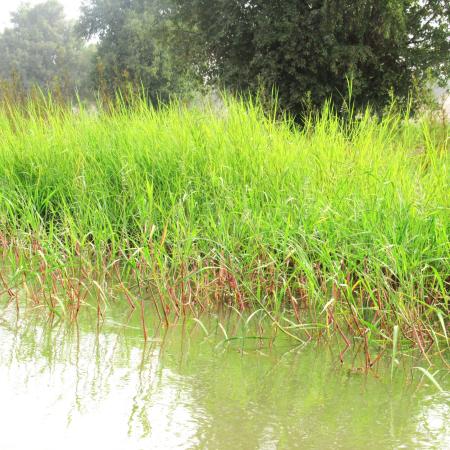
The River Niger runs alongside Park W over a distance of 75 km, with many meanders, and serves as the boundary between this protected area (located on the right bank) and the riparian villages (on the left bank). The two banks present a completely different contrast. While the right bank is still covered by remarkable riparian vegetation, thanks to conservation efforts, the left bank is completely denuded due to human overexploitation. As a result, people are illegally moving to the right bank in search of certain species, such asEchinoclos stagnina. This creates an imbalance in the wetland, but also a conflict, as it is a favorite plant of hippos, manatees and buffalo. The first step was to clearly identify the problem, highlighting the real needs of these populations. After a review of the biology and ecology of the species, it turned out that it regrows by cuttings and spreads very rapidly when the area is defended. As a result, some fifteen test plots were replanted with the full participation of local communities, just before the floodwaters rose. As the floods came, the shoots appeared and grew to occupy the entire bank, fixing the soil and providing abundant, rich fodder within two months. Once cut, this fodder reappeared, as long as it wasn't dug up.
This considerably reduces the problems between protected area managers and local communities, as the latter no longer need to illegally harvest what is reserved for wildlife, which in turn reduces its attacks on local crops.
This solution thus helps to reduce human-wildlife conflicts around the WAP complex. It is part of a series of activities designed to achieve the same biodiversity conservation objective as the Projet de Sécurisation de l'Habitat des preies des grands carnivores du Parc W du Niger, led by the NGO COGEZOH and financed by SOS-IUCN. So, this is just one of many contributions that will also be shared on PANORAMA.
